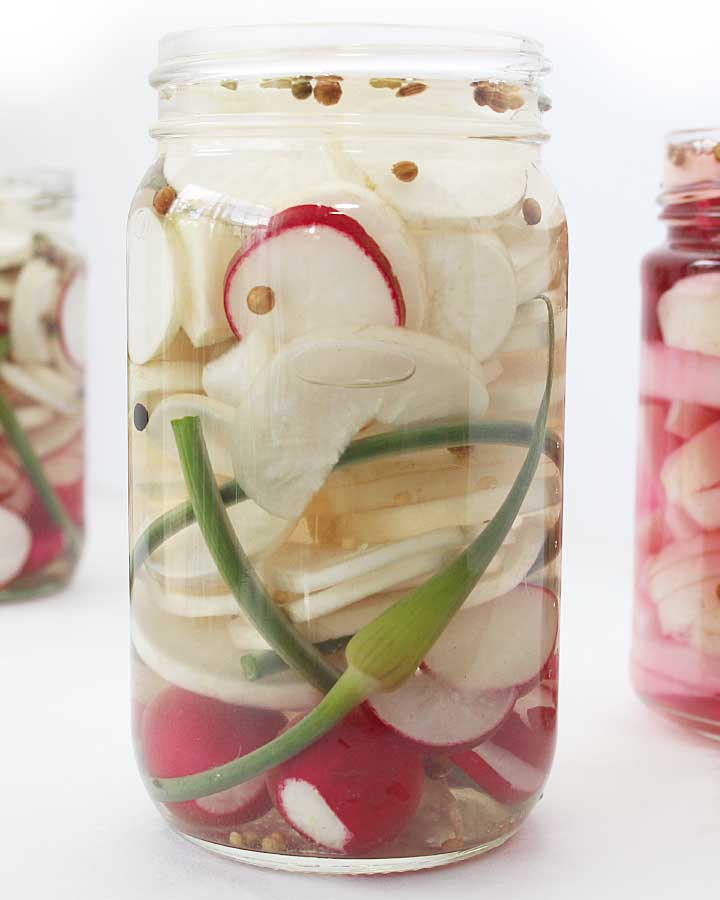
While canning a common household food preservation technique does provide a pickled flavor the enzymes and microflora are destroyed during sterilization. Cooler temperatures slow down fermentation so your veggies will stay good for months.

Cultured vegetables are a pickled food but they are not prepared with the use of a vinegar solution or a heat treated canning process.
What are cultured vegetables. All cultured vegetables are wonderful sources of vitamin c. But cabbage collards and kale have the most and when you then ferment them you get more. Not only do you get more vitamin c when you culture your vegetables but the fermentation process also increases the nutrient availability in vegetables.
What are cultured vegetables. Cultured vegetables are a pickled food but they are not prepared with the use of a vinegar solution or a heat treated canning process. While canning a common household food preservation technique does provide a pickled flavor the enzymes and microflora are destroyed during sterilization.
Making cultured vegetables using a starter culture making cultured vegetables without a culture making cultured vegetables using kefir whey cultured vegetables time lapse camp trilogy cultured vegetables. Fermented vegetables begin with lacto fermentation a method of food preservation that also enhances the nutrient content of the food. The action of the bacteria makes the minerals in cultured foods more readily available to the body.
The bacteria also produce vitamins and enzymes that are beneficial for digestion. Lactobacillus bacteria have the ability to convert sugars into lactic acid which have the ability to turn your raw cabbage into fermented sauerkraut. Fermented vegetables also known as cultured vegetables enhance the nutritional properties of your veggies and also provides you with a hearty dose of gut nourishing probiotics.
Fermented vegetables are considered the best source of probiotic bacteria due to the stresses exerted upon the bacteria during the fermentation process. The stressors in the fermentation environment and the diversity of the fermentation ecosystem make the lactobacillus spp. In fermented vegetables more adapt to survive the digestive journey and more adapt to integrate into the microbiome.
Cultured vegetables using kefir whey. These can get a different taste than veggies made with a starter culture depending on cultured vegetables without a culture. This is delicious with just cabbage but you can add other ingredients such as spinach disclaimer.
Store your fermented vegetables in a cool place once they have reached a flavor that you like. The refrigerator or a root cellar are great options. Cooler temperatures slow down fermentation so your veggies will stay good for months.
Most fermented vegetables are cultured via the process of lactic acid fermentation or lacto fermentation which occurs when veggies are chopped and salted. Fermented veggies contain high acidity and low ph that usually make them shelf safe and safe to consume for longer than fresh vegetables. Choose vegetables to ferment.
The best vegetables to ferment are those that are in season and ripe at the height of their optimal texture and flavor. Choose vegetables that were grown nearby and opt for organic when possible. You can ferment one vegetable at a time or pack several types together for a delicious salad of fermented vegetables.